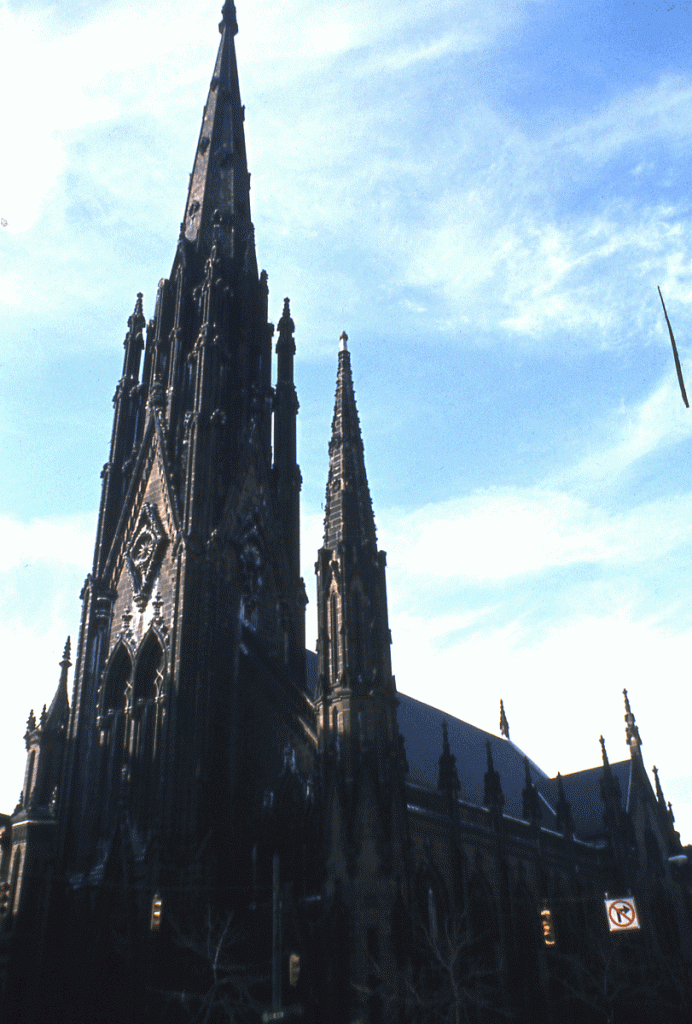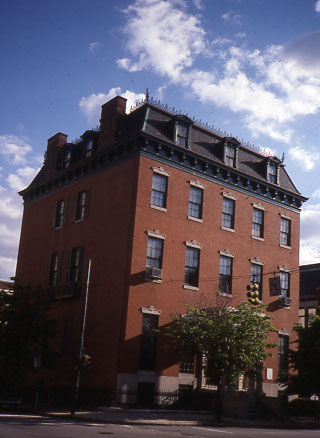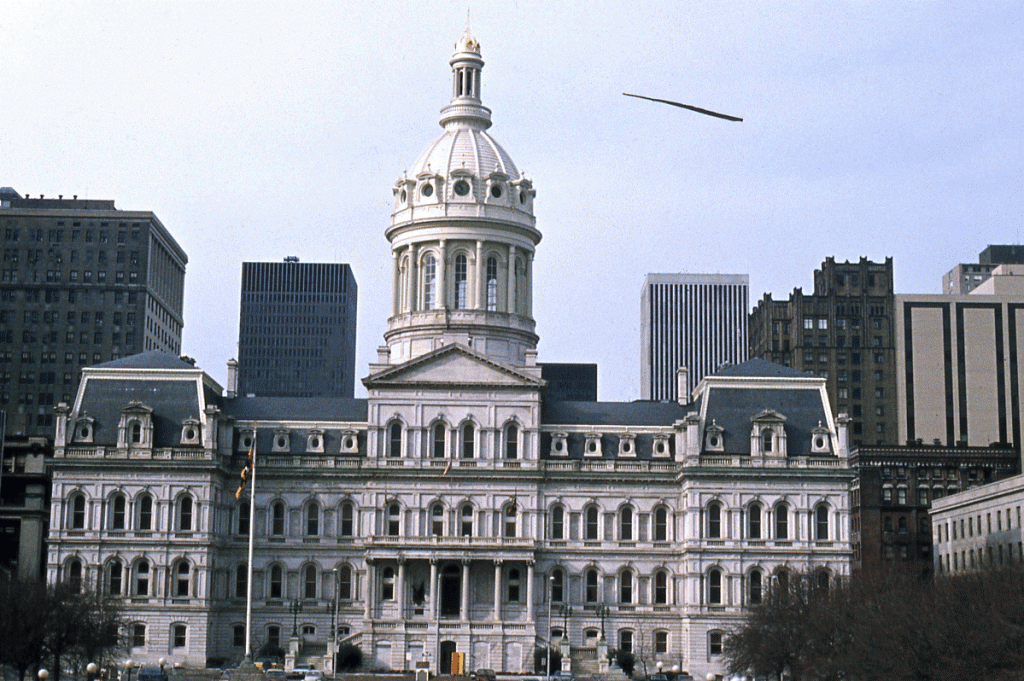Following on our recent feature on the American Brewery in East Baltimore, we are excited to share the second entry in our series on the 2010 Baltimore Heritage Preservation Award Winners: Mount Vernon’s Hotel Brexton.

Constructed in 1881, the seven story Hotel Brexton at 868 Park Avenue is elegantly squeezed onto a tiny triangular lot between Park Avenue and Tyson Street in Mount Vernon. Perhaps the most famous resident of this “residential hotel” was Bessie ‘Wallis’ Warfield, later the Duchess of Windsor. After years of vacancy and neglect, RWN Development acquired the building and finished a total renovation earlier this year. The building is now a hotel and is a worthy addition to the national Historic Hotels of America. The Adaptive Reuse and Compatible Design Award goes to owners and operators RWN Development, general contractor HOD LLC, and architects Kann Partners.
Read more





